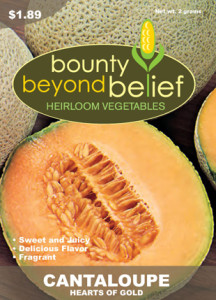Primping for Winter Interest
How to Prepare the Garden For Winter
by Sandy Swegel
As Fall proceeds at full speed, our tasks in the garden take a new direction as we start primping for winter interest. There’s no longer time for flowers to set new buds to bloom before frost. There won’t be any tomatoes that aren’t already on the vine. A killing frost will come soon and kill off many of the annual flowers. So it’s time to start getting the garden ready to look good this winter. Now instead of thinking about colorful flower displays, we turn our thoughts to structure and texture in the garden. We want to leave tall flower seedheads to dramatically collect snow in winter as well as feed the birds. There’s no more deadheading roses – now you want to see the rose hips mature and redden as the air gets cooler. Tall ornamental grasses will sway dramatically in winter winds.
In short, here are the things you don’t need to do anymore this year.
Stop deadheading flowers.
You want to see stately stems of echinacea and rudbeckia in the winter garden. Blooms of butterfly bush frozen in place will give a hint of color into the winter. Small plants you thought were finished like scabiosa or dianthus will throw out a few final blooms that provide some late bee nectar.
Let dying foliage stay in place.
Earlier in the season, I’d pull off dead leaves from daylilies, so things would look their best. Now, brown and golden foliage against green leaves is part of the vibrancy of Fall.
Let vines wander where they may.
I spend a good part of the summer garden season trying to prevent aggressive Virginia Creeper from pulling down branches of the wild plum and apple trees. Now the crisp red color of the Virginia Creeper delights me and I love seeing its leaves vining all throughout the garden. Even the weedy self-sowing morning glories have beautiful golden tones as they twine up and down flower stalks.
Let your flowers reseed.
The easiest way to garden is to let your flowers reseed themselves. Bachelor Buttons and Mexican Hat and California Poppies are all dispersing their seeds to soak in the winter moisture and cold so they can burst forth again next Spring. Some seeds I’ll collect for starting in pots next Spring, but it’s nicest when they just seed themselves in place.
Let the annual weeds be.
It’s always time to keep after perennial weeds like thistles and dandelions, but annual weeds that crop up now won’t usually have time to make flowers much less set seed before killing frost. It’s usually safe to just leave them alone.
Let your vegetable garden reseed itself.
I’ve left the leek flower stalks in place. Big seed heads of dill and parsley and anise are allowed to stand in the vegetable garden. Even the lettuce and spinach and chard that bolted in summer heat now remain and drop their seeds to return next Spring. I usually absentmindedly forget some of the garlic and potatoes….that will all return next year to be vigorous new plants. Arugula has already multiplied itself a thousandfold in my lettuce bed.
The one task still to do? WATER if needed. The dry low humidity days of Fall can desiccate the garden. If you don’t have rain, be sure to do some supplemental watering so that your perennial plants go into Winter well-watered. Desiccation from dry air and winds is responsible for more winterkill than mere dry soil. So give everything a good drink now before all the leaves fall. You may have to water again in November and throughout the winter if it’s dry, but a well-watered Fall garden has an excellent chance of surviving even brutal winter conditions.


